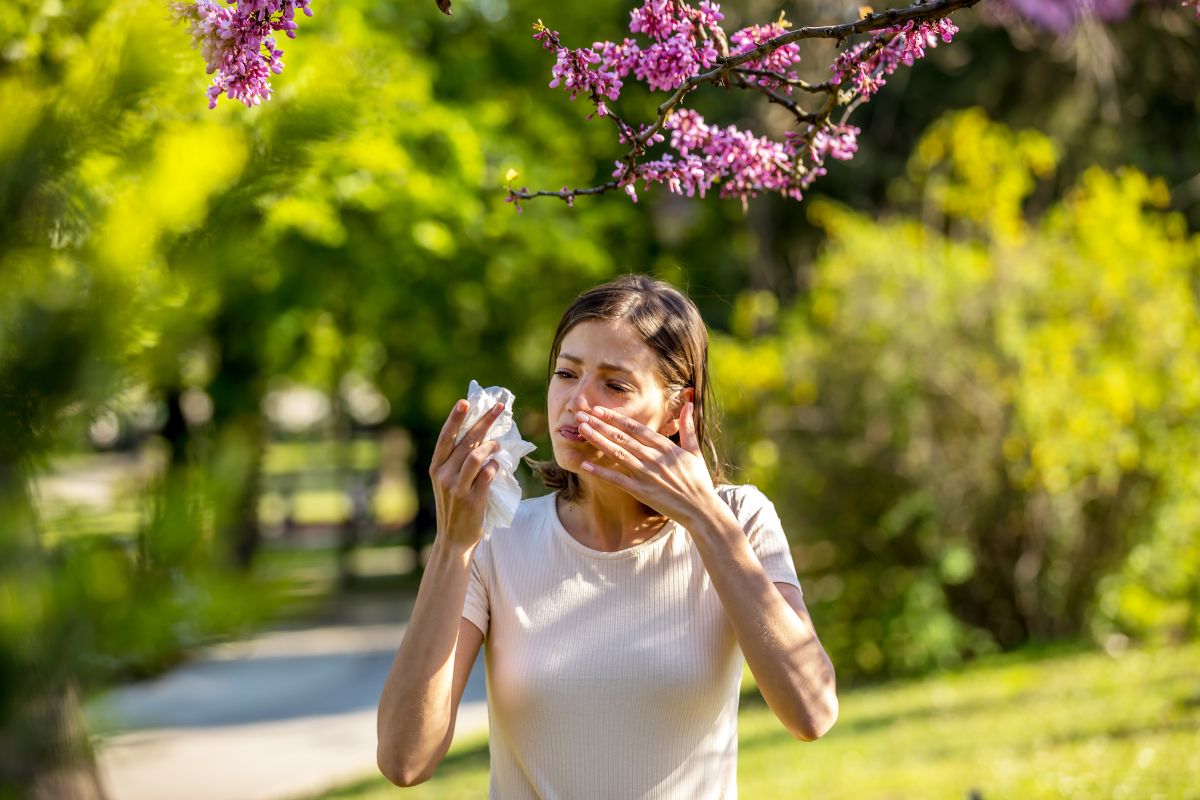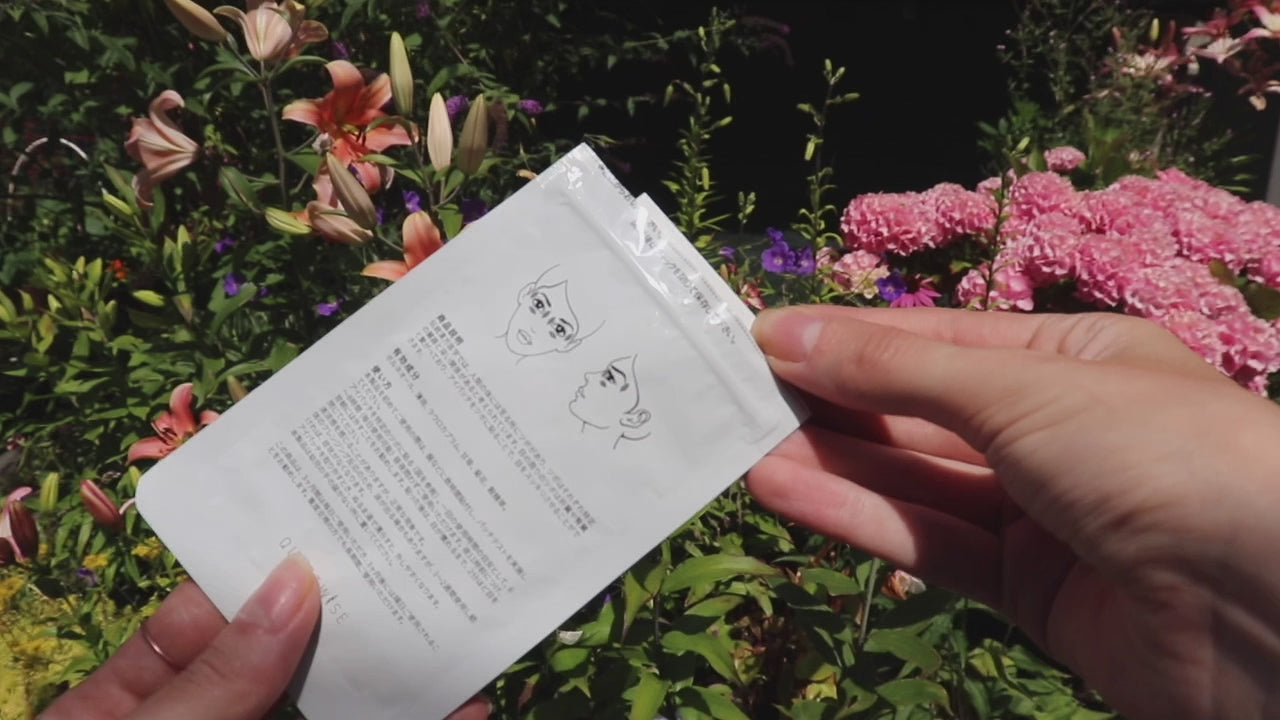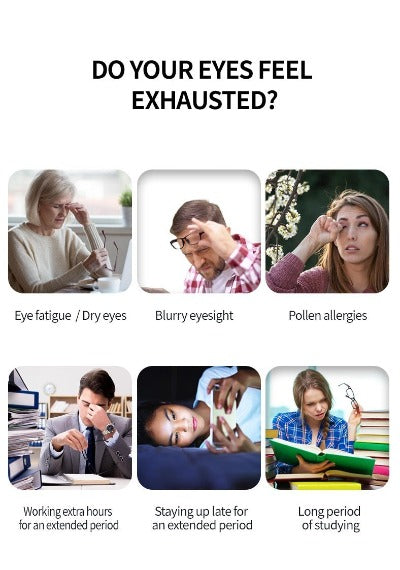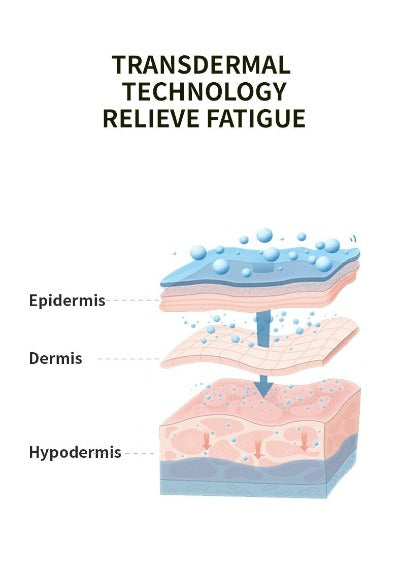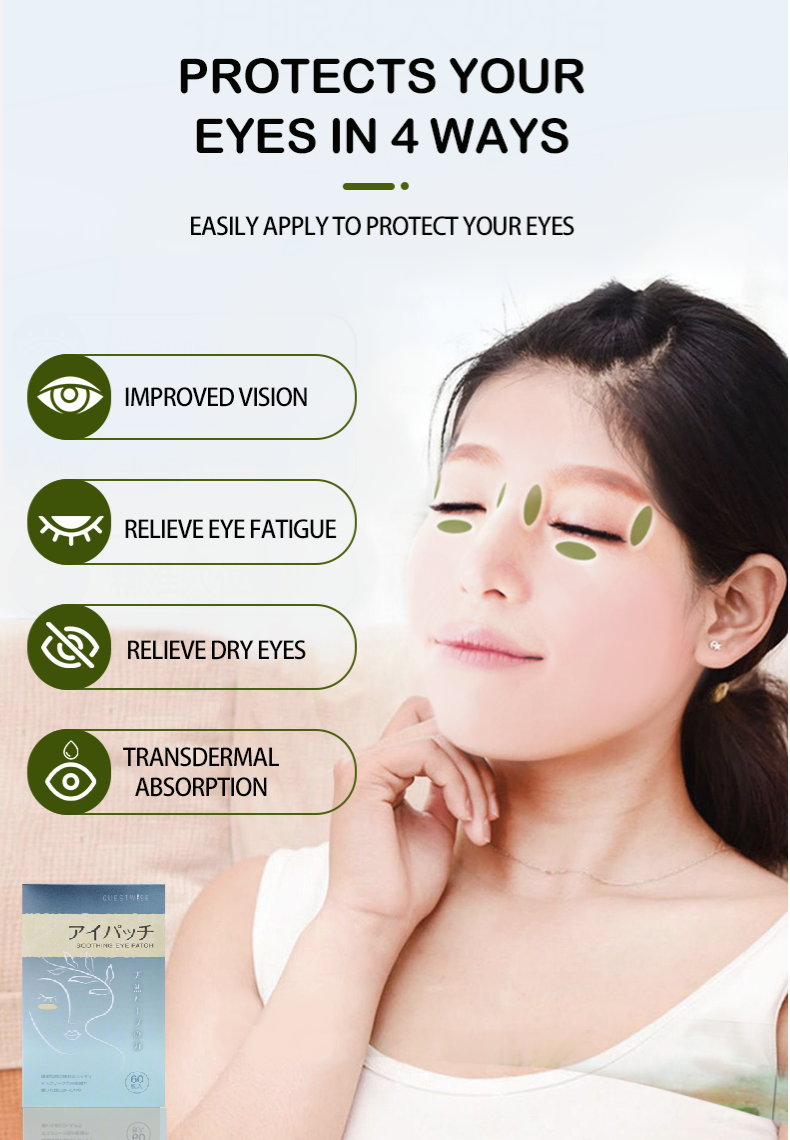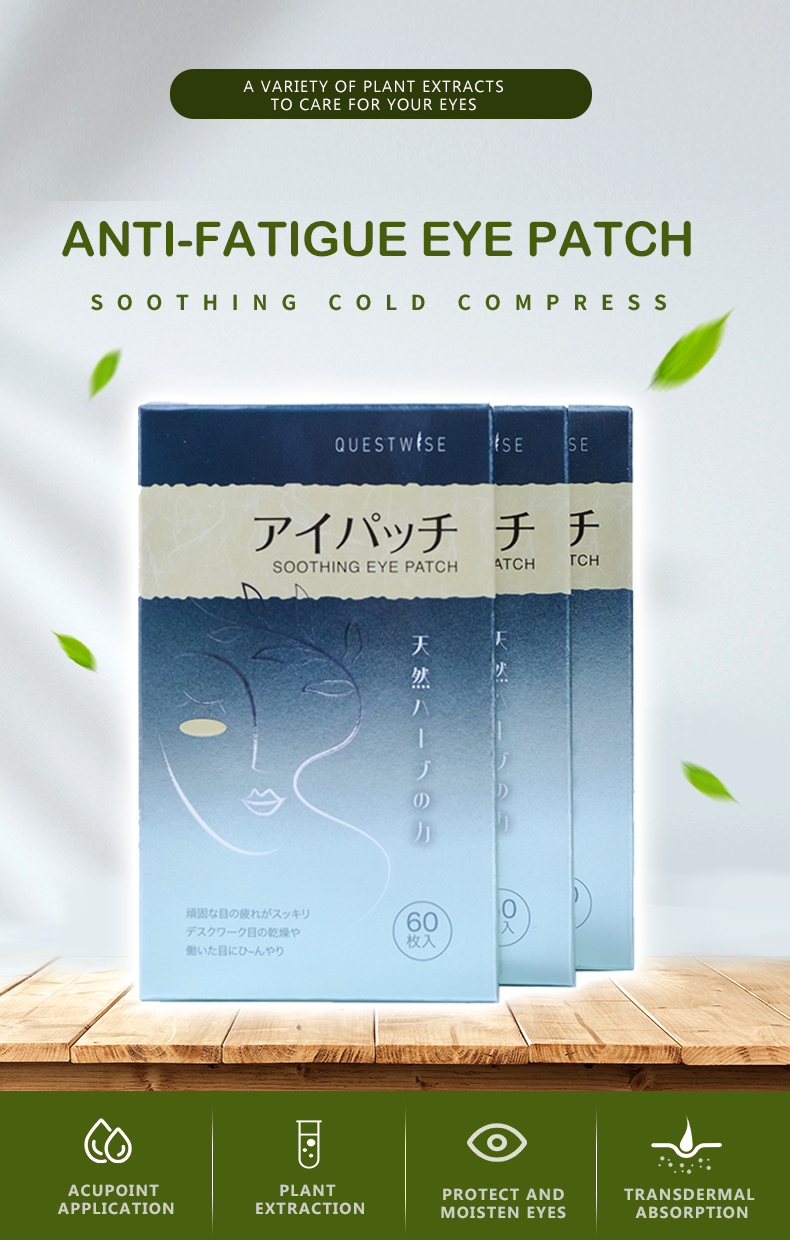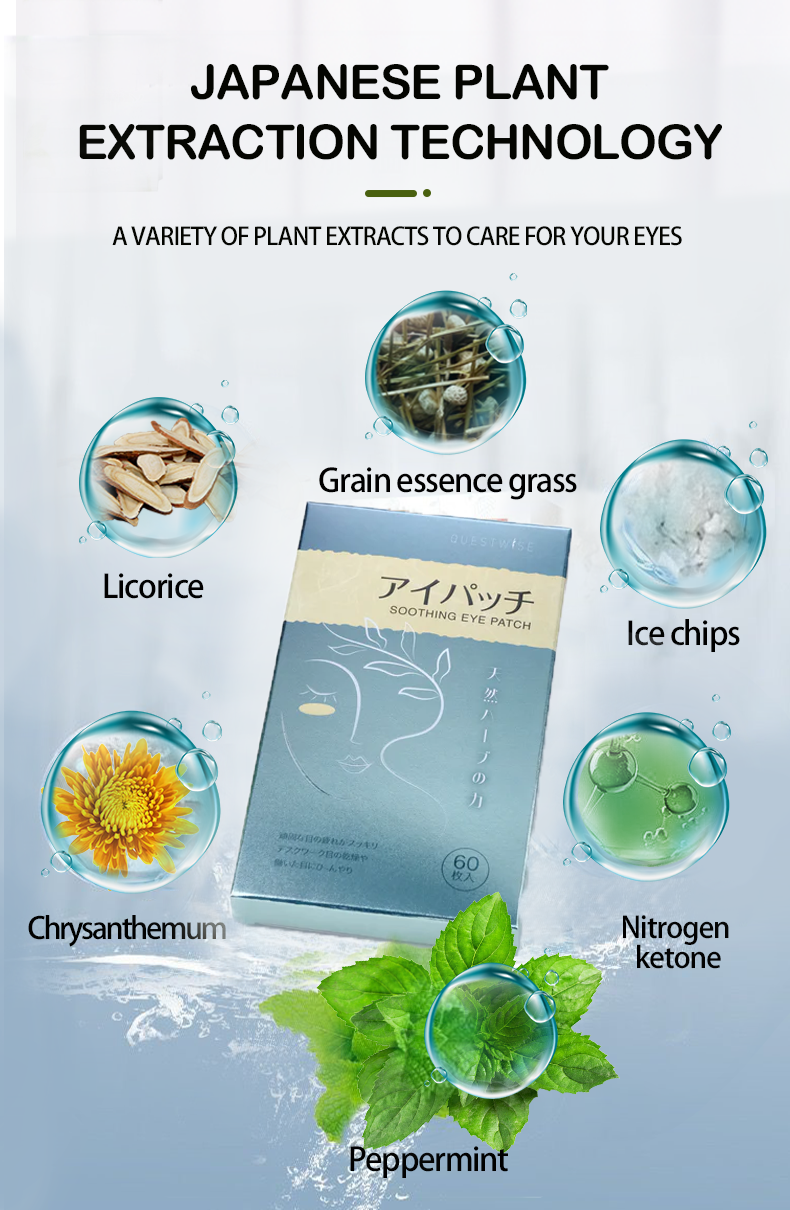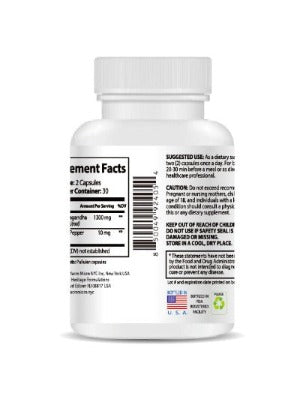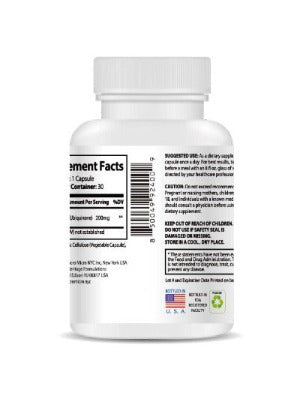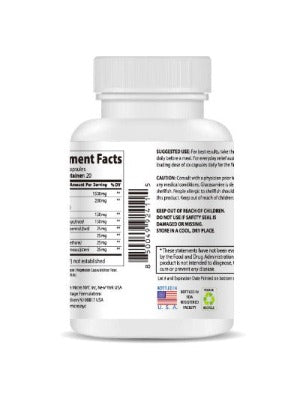Pollen Allergy Triggers: How to Protect Your Itchy Eyes in 2025
As the vibrant colors of spring bloom, so does a common nemesis for many: pollen. For millions worldwide, the arrival of spring signals the onset of pollen allergy season, a time marked by itchy, watery eyes, sneezing fits, and a general feeling of discomfort. In 2025, understanding pollen allergy triggers and implementing effective protective measures is more crucial than ever. This comprehensive guide explores the science behind pollen allergies, their impact on eye health, and provides practical strategies to alleviate symptoms and safeguard your vision.
The Science of Pollen Allergies and Itchy Eyes
Pollen allergies, also known as allergic rhinitis or hay fever, are allergic reactions to pollen grains released by plants. These microscopic particles, when inhaled or coming into contact with the eyes, trigger an immune response in susceptible individuals. The body mistakes harmless pollen as a threat, leading to the release of histamine and other inflammatory chemicals. This reaction results in a cascade of symptoms, including itchy, watery eyes, sneezing, runny nose, and congestion. The severity of these symptoms can vary significantly depending on factors such as pollen type and concentration, individual sensitivity, and pre-existing health conditions. Itchy eyes, in particular, are a common and often debilitating symptom that can significantly impact daily life, reducing productivity and overall quality of life.
Identifying Your Specific Pollen Allergy Triggers
Pollen types vary widely depending on geographic location and the time of year. Knowing your specific triggers is the first step towards effective management. Common pollen culprits include:
- Tree pollen: Oak, birch, maple, and pine trees are notorious for producing high volumes of pollen that can travel significant distances on the wind.
- Grass pollen: Different types of grasses release their pollen at different times during the season, meaning allergy symptoms may persist for several months.
- Weed pollen: Ragweed, a particularly prolific weed, is a major source of pollen for many late-summer and fall allergies.
Consult with an allergist or healthcare professional to determine your specific pollen sensitivities through allergy testing. This will help you better understand the timing of your symptoms and plan for preventative measures.
Advanced Strategies for Protecting Your Eyes from Pollen
Protecting your eyes from pollen requires a multi-faceted approach that combines preventative measures and symptom relief strategies. Here's a detailed guide:
- Monitor pollen counts: Regularly check your local pollen forecast to understand daily pollen levels. Plan outdoor activities accordingly, minimizing exposure during peak pollen times, usually early mornings and late afternoons.
- Protective eyewear: Investing in high-quality wraparound sunglasses or protective eyewear can create a physical barrier against pollen entering the eye area. Choose glasses that fit snugly and provide complete coverage.
- Regular cleansing: Wash your face and eyes thoroughly with cool water at the end of each day to remove any pollen that may have accumulated. Avoid rubbing your eyes, as this can worsen irritation.
- Indoor air filtration: Utilize air purifiers with HEPA filters in your home and office spaces to reduce airborne pollen particles and improve indoor air quality.
- Allergy eye drops: Consult your doctor about over-the-counter or prescription allergy eye drops. These can help relieve symptoms of itchy and watery eyes.
-
Soothing eye patches: For an additional layer of relief and soothing comfort, consider using Wise Quest Soothing Eye Patches. These innovative patches, infused with traditional Chinese herbal medicine, provide targeted relief from eye fatigue, dryness, astringency, redness, and swelling. The gentle application of the patches promotes healthy blood circulation, alleviating various eye discomforts.

Advanced Eye Care for Pollen Allergy Sufferers
Beyond the immediate management of symptoms, proactive steps to maintain long-term eye health are crucial for those with pollen allergies. These include:
- Regular eye exams: Schedule regular comprehensive eye exams with your ophthalmologist to monitor eye health and detect any potential complications related to allergies.
- Hydration: Maintain adequate hydration by drinking plenty of water throughout the day. This helps to keep your eyes lubricated and reduces dryness.
- Avoid eye rubbing: Resist the urge to rub your eyes, as this can lead to further irritation and even damage to the delicate eye tissues.
- Healthy diet: A diet rich in antioxidants and anti-inflammatory foods can support overall eye health and reduce the severity of allergy symptoms.
The Role of Wise Quest Soothing Eye Patches in Allergy Relief
Integrating Wise Quest Soothing Eye Patches into your daily pollen allergy management routine can significantly improve comfort and reduce symptoms. Their unique blend of traditional Chinese herbs works synergistically to combat inflammation, redness, and swelling. The cooling sensation of the patches provides immediate relief from itchy eyes, promoting relaxation and helping to reduce the urge to rub. By combining these patches with other preventative and therapeutic measures, you can create a comprehensive plan to minimize the impact of pollen allergies on your eye health.
Remember, seeking professional medical advice is crucial for managing any allergy symptoms. Your doctor can help you devise a personalized plan to alleviate symptoms and protect your eyes during pollen season. By combining these strategies and utilizing the soothing benefits of Wise Quest Soothing Eye Patches, you can navigate pollen season with greater comfort and maintain healthy, happy eyes throughout the year.

